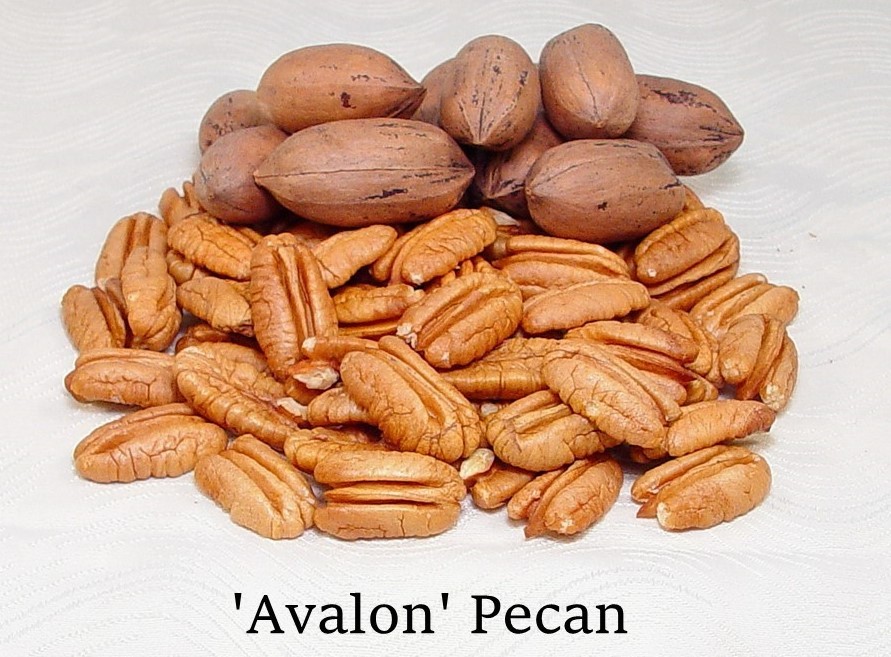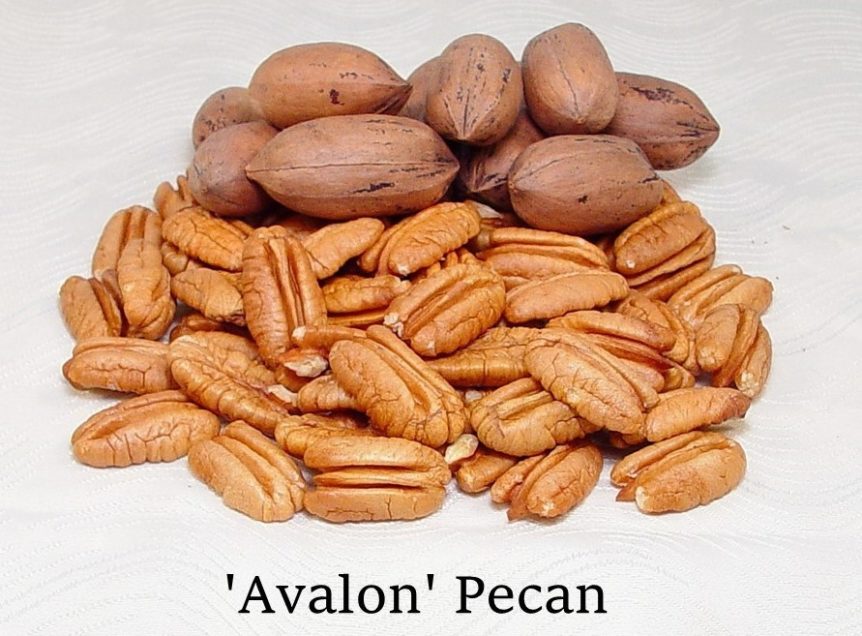
By Clint Thompson
One trait remains the focus of the University of Georgia (UGA) pecan breeding program. As UGA pecan breeder Patrick Conner continues to study cultivars of the future, they must possess scab resistance on some level.
“It has to have at least good resistance, if not excellent resistance, before we’ll go forward,” Conner said. “Good resistance to me means, if you sprayed a moderate number of times, maybe 6 to 8 times, you would not be seeing much scab infection at all. Excellent resistance would be you would not see much scab at all even without spraying.”
A pecan cultivar under the research microscope could be the fattest, highest yield-producing nut that UGA has ever studied, but if it does not possess some level of resistance to scab disease, Conner will not give it a second look as a release.
“We may use it in crossing to try to bring in those good traits and cross it to something that’s more resistant. In terms of release, it has to have at least good resistance,” Conner said.
Scab Background
Scab is a fungal disease that infects the leaves or nuts of pecan trees. Some apply at least 10 fungicide sprays during an average year to manage the disease. Scab resistance allows growers to reduce the number of sprays required, saving money on input expenses.
Conner highlighted the challenges of researching for scab resistance.
“It was very difficult to start with because there were not many resistant cultivars out there and they lacked the quality that we needed. As the breeding program has come up and we’ve crossed those in, we’ve been able to keep the resistance and increase the quality,” Conner said. “We have more selections now that are usable as parents. As we’re increasing our pool in the resistance program, it’s getting a little bit easier.”
Lakota and Avalon cultivars have great scab resistance.










